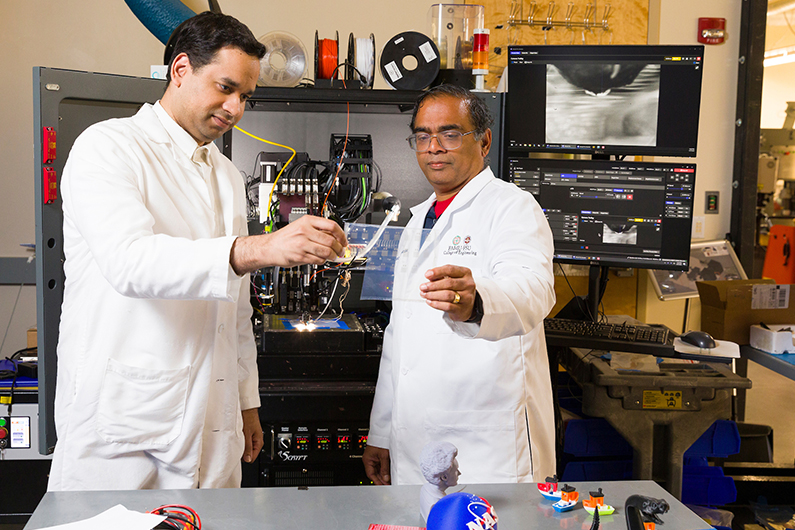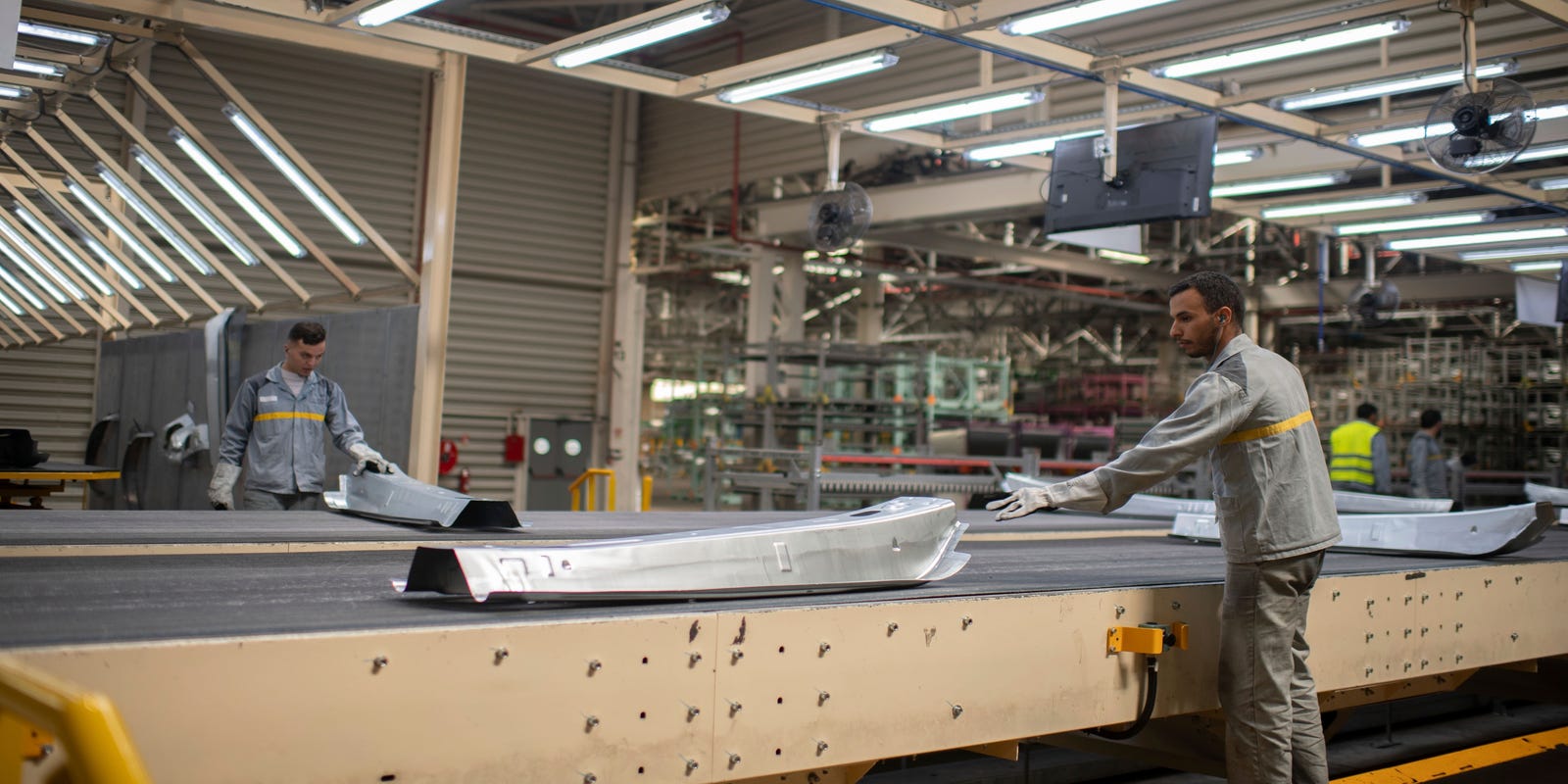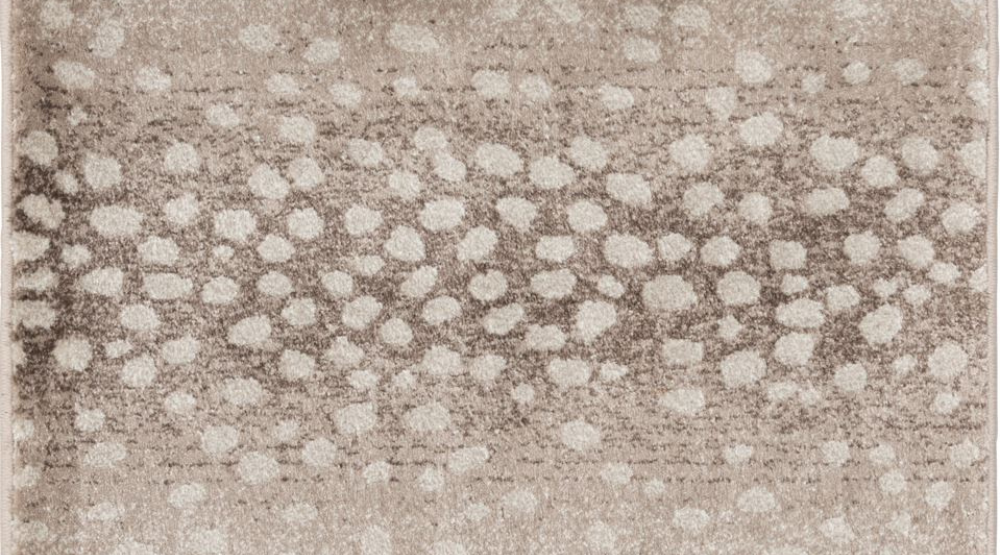Space Innovation Breakthrough: NASA Pumps $5 Million into Revolutionary Manufacturing Research at FAMU-FSU
Manufacturing
2025-04-07 09:11:44Content

In an exciting leap forward for materials science and aerospace technology, researchers at the FAMU-FSU College of Engineering have secured a substantial $5 million grant from NASA. This groundbreaking funding will support the development of innovative composite materials and cutting-edge manufacturing systems that could revolutionize future space exploration and engineering capabilities.
The collaborative team of engineers and scientists will focus on pushing the boundaries of material design, aiming to create advanced composites that are lighter, stronger, and more resilient than current technologies. By leveraging their expertise and NASA's support, these researchers are poised to make significant contributions to the fields of aerospace engineering and materials innovation.
This prestigious grant underscores the university's commitment to pioneering research and its strategic partnership with NASA in advancing technological frontiers. The project promises to unlock new possibilities in material science, potentially transforming how we design and construct everything from spacecraft components to advanced engineering structures.
Revolutionizing Space Exploration: Cutting-Edge Composite Materials Research Breaks New Ground
In the rapidly evolving landscape of aerospace innovation, a groundbreaking research initiative is set to transform our understanding of advanced materials and manufacturing technologies. The intersection of engineering prowess and space exploration promises to unlock unprecedented possibilities for future scientific endeavors.Pushing the Boundaries of Material Science and Space Technology
The Collaborative Frontier of Engineering Innovation
The Florida A&M University-Florida State University (FAMU-FSU) College of Engineering stands at the forefront of a transformative research project that could redefine the future of space exploration. With a substantial $5 million NASA grant, the research team is embarking on an ambitious journey to develop revolutionary composite materials and advanced manufacturing systems that could potentially reshape our approach to space technology. Composite materials represent a critical frontier in aerospace engineering, offering unprecedented opportunities to create lighter, stronger, and more resilient structures capable of withstanding the extreme conditions of space exploration. The research team's approach goes beyond traditional material development, integrating cutting-edge computational modeling, advanced manufacturing techniques, and innovative design strategies.Technological Implications and Scientific Breakthrough
The significance of this research extends far beyond mere material development. By pushing the boundaries of composite material science, researchers are addressing some of the most challenging constraints in space exploration. Traditional materials have long limited the capabilities of spacecraft, satellites, and other space-based technologies, creating significant barriers to more ambitious missions. The interdisciplinary nature of this project brings together experts from multiple domains, including materials engineering, aerospace design, computational science, and advanced manufacturing. This holistic approach ensures a comprehensive exploration of potential innovations that could dramatically improve the performance and reliability of space technologies.Computational Modeling and Advanced Manufacturing Techniques
At the heart of this research lies a sophisticated approach to material development that leverages state-of-the-art computational modeling techniques. By utilizing advanced simulation technologies, researchers can predict and optimize material properties with unprecedented precision, reducing the time and cost associated with traditional research and development processes. The manufacturing systems being developed represent a quantum leap in production capabilities. These innovative approaches promise to create materials with tailored properties that can adapt to the most challenging environmental conditions, from the extreme temperatures of deep space to the intense radiation encountered during long-duration missions.Potential Impact on Future Space Exploration
The implications of this research extend far beyond academic curiosity. Potential applications include next-generation spacecraft design, advanced satellite technologies, and more efficient space exploration vehicles. By reducing weight, increasing structural integrity, and improving overall performance, these composite materials could significantly lower the cost and complexity of space missions. Moreover, the research has broader implications for industries beyond aerospace. The advanced manufacturing techniques and material science insights developed through this project could find applications in automotive, aerospace, medical, and consumer technology sectors, demonstrating the far-reaching potential of fundamental scientific research.Collaborative Research and Future Prospects
The $5 million NASA grant underscores the critical importance of this research initiative. It represents a significant investment in fundamental scientific exploration and highlights the ongoing commitment to pushing the boundaries of human knowledge and technological capability. As the research progresses, the scientific community eagerly anticipates the potential breakthroughs that could emerge from this innovative project. The collaboration between FAMU-FSU and NASA symbolizes the power of interdisciplinary research in addressing complex technological challenges and driving forward our understanding of material science and space exploration.RELATED NEWS
Manufacturing

Riding the Wave of Innovation: Eco Wave Power Launches Groundbreaking US Manufacturing Venture in Los Angeles
2025-04-23 12:01:23
Manufacturing

Furniture Frontiers: How US Manufacturers Are Reshaping Global Design and Trade
2025-05-06 17:10:57
Manufacturing

Chip War Breakthrough: Intel and TSMC Forge Groundbreaking Manufacturing Alliance
2025-04-03 20:24:17





